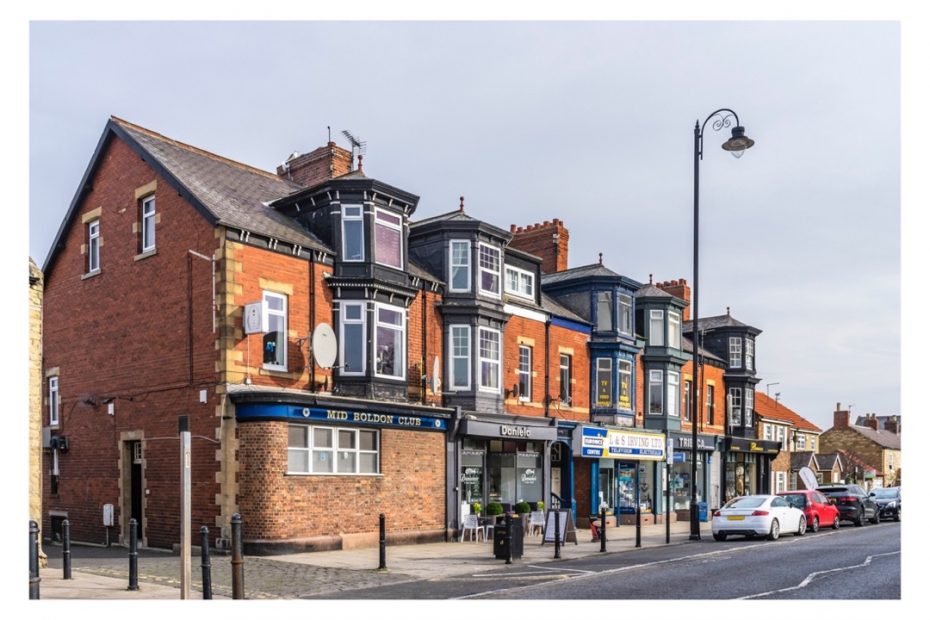Development within the local retail centres of Front Street, Station Terrace/ Langholm Road and St Bede’s, as defined on the policies map and Map 2 of Annex 3 to the Plan, will be supported where it strengthens the vitality and viability of the area. Applicants will be required to demonstrate that the development would:
a. Not have an unacceptable impact on residential amenity, an assessment of this will include matters such as opening hours, noise, odours and the management of waste;
b. Have appropriate access and car parking provision;
c. Not have a detrimental impact on the appearance and the environment of the local centre; and
d. Retain historic shopfronts. Proposals to replace or install new shopfronts should reflect the architectural style, scale, proportions, materials and colour of both the host building and surrounding area
The South Tyneside Town and District Use Needs Study (2018) was informed by a telephone survey of households to establish current retail and leisure expenditure patterns. This confirmed that East Boldon is a popular destination. The emerging local plan only identifies one part of the village, Station Terrace, as a local centre. However, retail and other important services are provided in three key clusters within the village: Front Street, Station Terrace/ Langholm Road and St Bede’s. These areas are therefore proposed for allocation as local retail centres.
Front Street includes a convenience store, butchers, hairdressers as well as pubs and a club. These important facilities are interspersed with residential properties. Station Terrace/ Langholm Road includes two convenience stores, café, bakery, chemist, two estate agents, clothes shop, flower shop, health and beauty and a complementary therapy clinic. St Bede’s is the smallest of the three and includes a delicatessen, restaurant, bathroom showroom, café and physiotherapist.
As all of the areas are close to/ interspersed with residential development, it is essential that any further developments within the area do not have an unacceptable impact on residential amenity. In addition, it is critical that new development does not add to the current parking problems within the area and is of an appropriate design. Furthermore, given the wealth of historic shopfronts within the area, as identified within the East Boldon Design Code, it is vital that proposals which would involve the replacement of existing shop fronts or the creation of new, are appropriate.
Policy EB11 therefore supports new development within the three local retail centres where it protects the vitality and viability of the area, protects residential amenity, does not exacerbate current parking issues and is an appropriate design. The policy also seeks to resist the loss of important local services and convenience retail within these areas. It therefore supports the delivery of plan objectives 1, 2, 4, 6 and 8.
